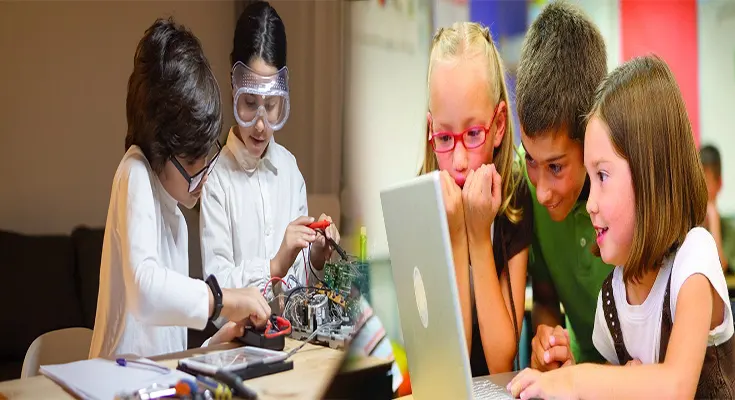Education has evolved over the years, giving rise to various teaching methodologies aimed at enhancing student learning outcomes. Two popular approaches that have gained prominence in recent years are project-based learning and traditional classroom methods. In this article, we will delve into the key differences between these two methodologies and explore their impact on student engagement, critical thinking skills, and academic success.
Traditional Classroom Methods:
Traditional classroom methods have long been the cornerstone of education, characterized by a teacher-centered approach where the teacher imparts knowledge to students using lectures, textbooks, and worksheets. In this method, students are typically passive recipients of information, with limited opportunities for active participation and hands-on learning experiences. The focus is often on rote memorization and standardized testing to assess students’ understanding.
Project-Based Learning:
Project-based learning, on the other hand, is a student-centered approach that emphasizes active, inquiry-based learning. In this methodology, students work on real-world projects or tasks that require them to investigate, collaborate, problem-solve, and create tangible deliverables. Projects in project-based learning are often interdisciplinary and aligned with students’ interests, allowing them to explore topics in-depth and apply their knowledge in practical ways.
Key Differences:
- Student Engagement:
- Traditional Classroom Methods: Passive learning can lead to disengagement and lack of interest among students.
- Project-Based Learning: Active participation in projects promotes engagement, motivation, and a sense of ownership over learning.
- Critical Thinking Skills:
- Traditional Classroom Methods: Emphasis on memorization may not foster critical thinking and problem-solving skills.
- Project-Based Learning: Students are encouraged to think critically, analyze information, and apply concepts to real-world situations, fostering higher-order thinking skills.
- Collaboration:
- Traditional Classroom Methods: Limited opportunities for collaborative learning and peer interaction.
- Project-Based Learning: Facilitates teamwork, communication, and collaboration among students, mirroring real-world settings where collaboration is key.
- Creativity and Innovation:
- Traditional Classroom Methods: May not always promote creativity and innovation.
- Project-Based Learning: Encourages creativity, innovation, and the development of practical skills through hands-on projects.
Impact on Academic Success:
Research has shown that project-based learning has a positive impact on student academic success. Students engaged in project-based learning demonstrate increased retention of content, improved problem-solving abilities, higher motivation to learn, and enhanced critical thinking skills. Moreover, project-based learning prepares students for the demands of the 21st-century workforce by honing their collaboration, communication, and creativity skills.
While traditional classroom methods have their merits, project-based learning offers a more experiential and student-centered approach to education. By integrating project-based learning into the curriculum, educators can nurture students’ curiosity, creativity, and critical thinking abilities, preparing them for success in a rapidly changing world.
Ultimately, the choice between project-based learning and traditional classroom methods depends on the learning goals, student needs, and teaching context. Both methodologies have their place in education, and a balanced approach that leverages the strengths of each can provide a holistic and enriching learning experience for students.





